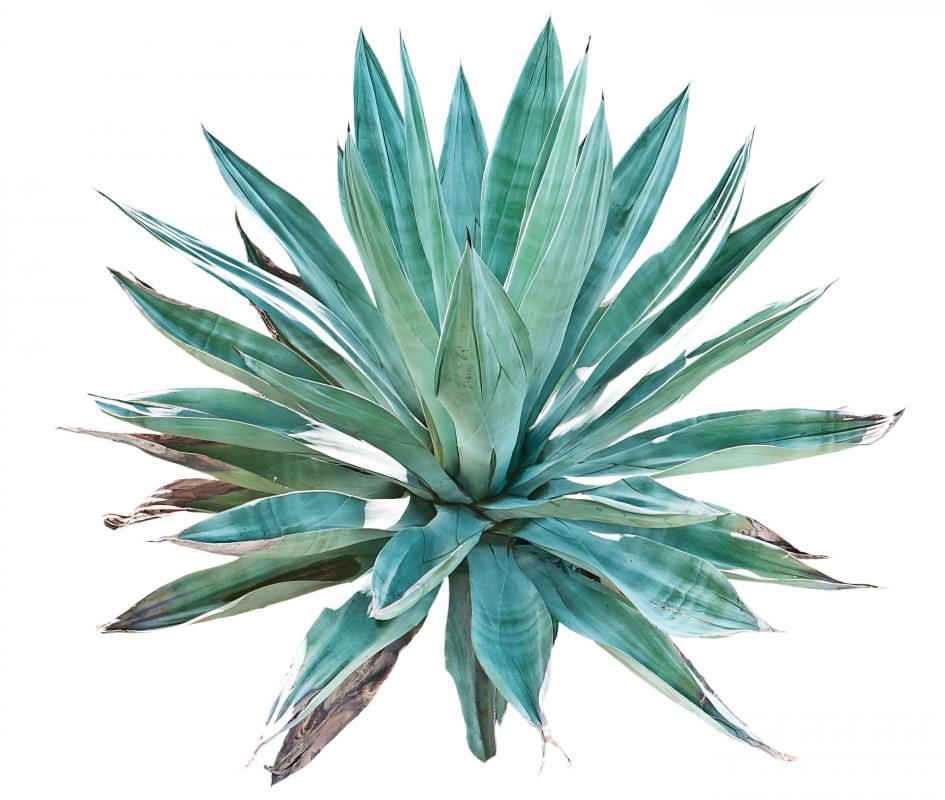At WiseGEEK, we're committed to delivering accurate, trustworthy information. Our expert-authored content is rigorously fact-checked and sourced from credible authorities. Discover how we uphold the highest standards in providing you with reliable knowledge.
What are Succulent Plants?
Succulent plants are plants that contain special tissues that can store water. These tissues may be in the leaves, stems, or roots. A well-known example of a succulent plant is the cactus. These plants are also called fat plants. The term fat plants probably originates because succulents tend to have a more fleshy, or swollen, appearance than other plants.
Many succulents have evolved in hot climates, and along with the ability to store water, they typically have other adaptations to enable them to thrive in hot and arid places. Many succulent plants, for example, have a compact shape and reduced or even absent leaves. This reduces the surface area through which water is lost. Succulents often have fewer stomata, or pores, in their leaves and stems, again resulting in less water evaporation. Another common adaptation seen in many succulent plant species is a surface covering of hairs or spines that reduces the movement of air close to the plant’s surface, creating a humid microclimate.

The classification of plant species into succulent varieties and non-succulent varieties is not a taxonomical division. Many different families of plants have evolved succulency features. As such, the determination of whether a plant species is succulent or not can be problematic, and is sometimes regarded as a subjective decision. Some botanists and gardeners use the term semi-succulent to describe plants that have some succulent features, but do not appear to be as succulent as the more highly adapted plants that grow in deserts, such as cacti.
Many types of succulent plants are popular as houseplants or garden plants. They are often low-maintenance plants, thriving even if they are not tended on a regular basis. Succulents are particularly suitable for sunny gardens with limited water supplies. Usually, the most important requirement for a successful succulent garden is the presence of well-drained soil. Over-watering is probably the most common problem for succulent plants, and is especially problematic for potted houseplants.
The propagation of succulent plants from cuttings is generally very successful. Many species of succulents can be propagated by taking a cutting of a piece of stem. Succulents that have leaves may often be propagated by taking a single leaf as a cutting. With both of these approaches, the use of a high-quality rooting powder is often recommended. These powders usually contain a fungicidal substance that will help to preserve the plant tissue while propagation occurs, and it establishes as a new plant.
AS FEATURED ON:
AS FEATURED ON:











Discuss this Article
Post your comments